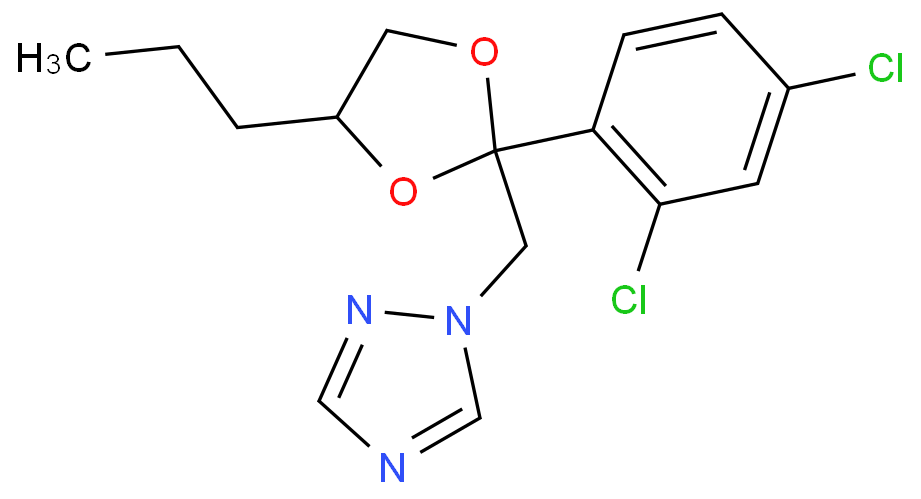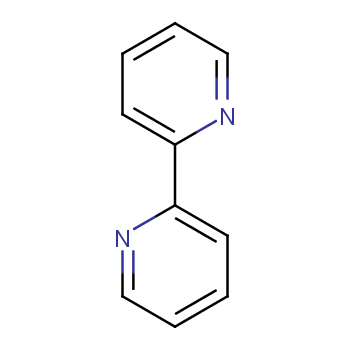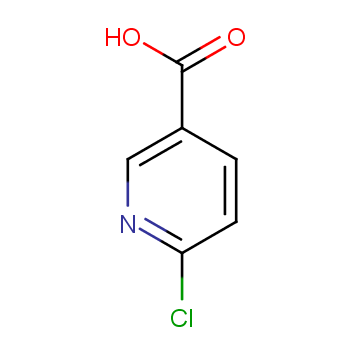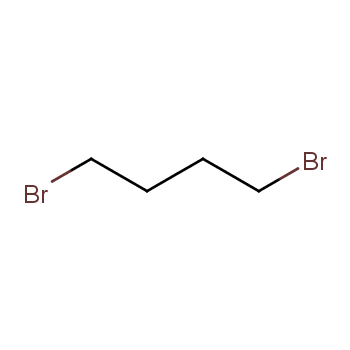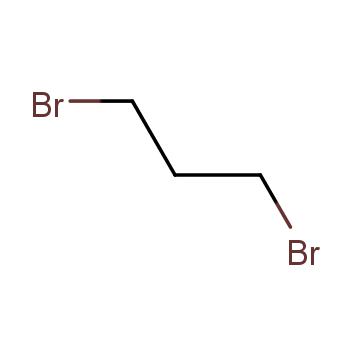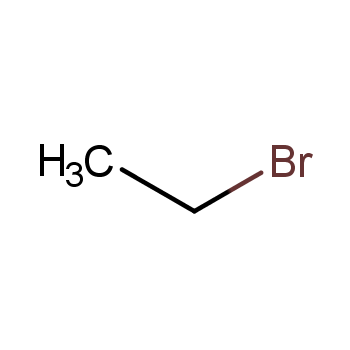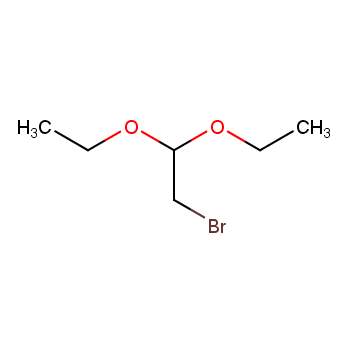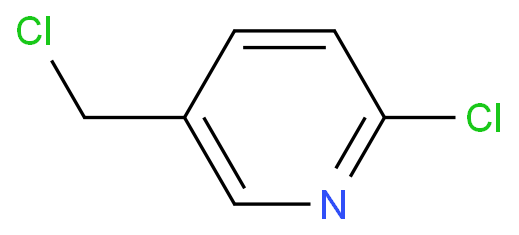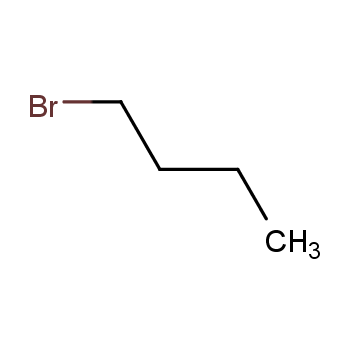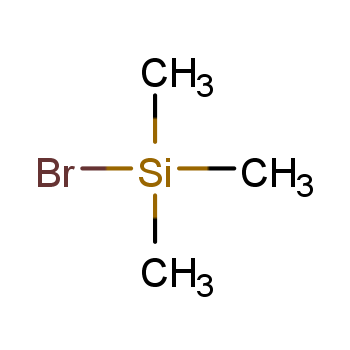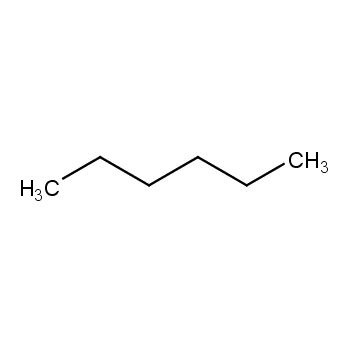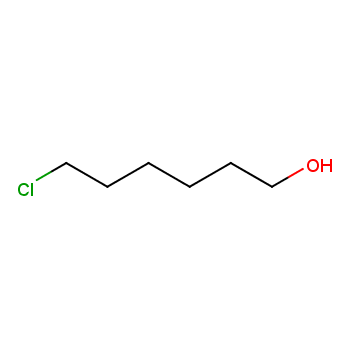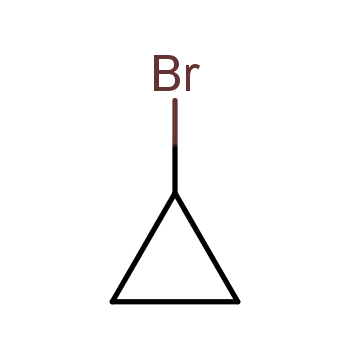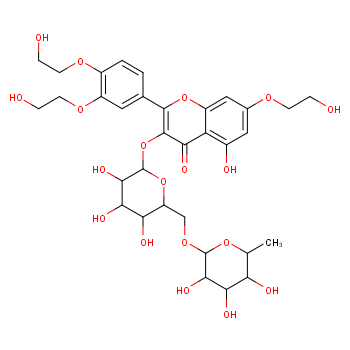Hydrocarbons are organic compounds consisting entirely of hydrogen and carbon atoms. They are the simplest class of organic compounds and are found naturally in fossil fuels such as coal, natural gas, and petroleum. Hydrocarbons are the building blocks of many important industrial chemicals and materials.
There are two main types of hydrocarbons: aliphatic and aromatic. Aliphatic hydrocarbons are linear or branched chains of carbon atoms and include alkanes, alkenes, and alkynes. Aromatic hydrocarbons contain a cyclic ring of carbon atoms and include benzene and its derivatives.
Some common hydrocarbon derivatives include:
Alcohols: These are hydrocarbons with a hydroxyl group (-OH) attached to one or more of the carbon atoms. Examples include ethanol, methanol, and isopropanol.
Aldehydes: These are hydrocarbons with a carbonyl group (C=O) attached to one of the carbon atoms. Examples include formaldehyde and acetaldehyde.
Ketones: These are hydrocarbons with a carbonyl group (C=O) attached to one of the carbon atoms, but not at the end of the carbon chain. Examples include acetone and butanone.
Carboxylic acids: These are hydrocarbons with a carboxyl group (-COOH) attached to one of the carbon atoms. Examples include acetic acid and formic acid.
Esters: These are hydrocarbons with an oxygen atom between a carbonyl group and an alkoxy group (-OR). Examples include methyl acetate and ethyl butyrate.
Amides: These are hydrocarbons with a carbonyl group (C=O) attached to a nitrogen atom. Examples include acetamide and formamide.
Hydrocarbon derivatives have many important applications in industry and medicine. For example, alcohols are used as solvents and in the production of fuels and chemicals. Carboxylic acids are used in the production of polymers, pharmaceuticals, and food additives. Ketones and aldehydes are used as solvents, in the production of resins, and in the synthesis of pharmaceuticals.
+more
